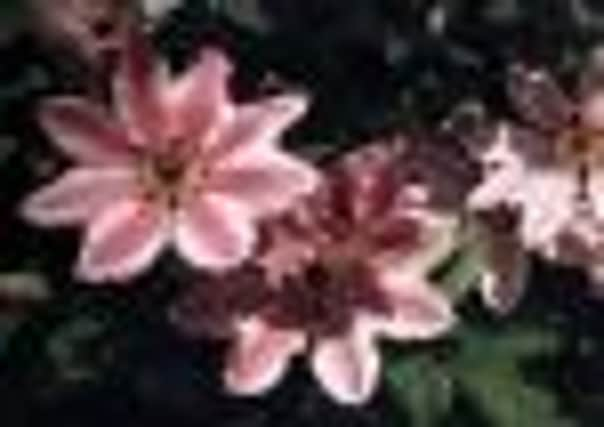Prudence and pruning


Only in the relatively softer, lowland areas of our county would I ever consider pruning in February, and only then if there was no other option.
Nevertheless, I know gardeners who regularly cut back the likes of Buddleia davidii, the butterfly bush, in November because they hate to see the lanky branches waving wildly in the winter winds.
Advertisement
Hide AdAdvertisement
Hide AdNormally, the end of March is the best time to take off last year’s growth because B davidii is a shrub which produces its flowers on new stems, and the act of hard pruning actively encourages fresh growth.
The same applies to late-flowering clematis. The likes of ‘Madame Baron Veilard’, ‘Madame Edouard Andre’, ‘Madame Julia Correvon’, ‘Margaret Hunt’ and ‘Princess Diana’ (all ladies, if you hadn’t noticed) can be cut back to about 30cm from the ground, leaving two sets of healthy buds.
Prune, and prune hard. It will mean removing a great mass of foliage, but nothing is lost, as none of it will produce a single flower the following summer because the late-bloomers, just like B davidii, flower on the new growth.
Early-flowering clematis flower on shoots produced the previous season, so if you prune them in spring, you’ll be saying goodbye to any blooms.
Advertisement
Hide AdAdvertisement
Hide AdAnd the large-flowering hybrids, ‘Nelly Moser’ (another lady) which look their best in early summer, can be cut back fairly hard – between 3-4ft high – to just above a bud/pair of buds, at the end of February/early March.
And while you’re out and about cutting back, don’t forget the roses. Some people prune their roses whenever they feel like it; others stick to the old-fashioned regime of a tidy-up in late autumn and a more precise cut in spring.
Whichever you choose, the idea is to shape them, remove dead and damaged wood and any weak growth. What’s left should be trimmed back to a healthy bud.
By creating an open framework, air and sun can penetrate to help produce healthy growth and superb flowers.
A final word of advice – always use sharp secateurs; blunt or damaged blades can do more harm than good.